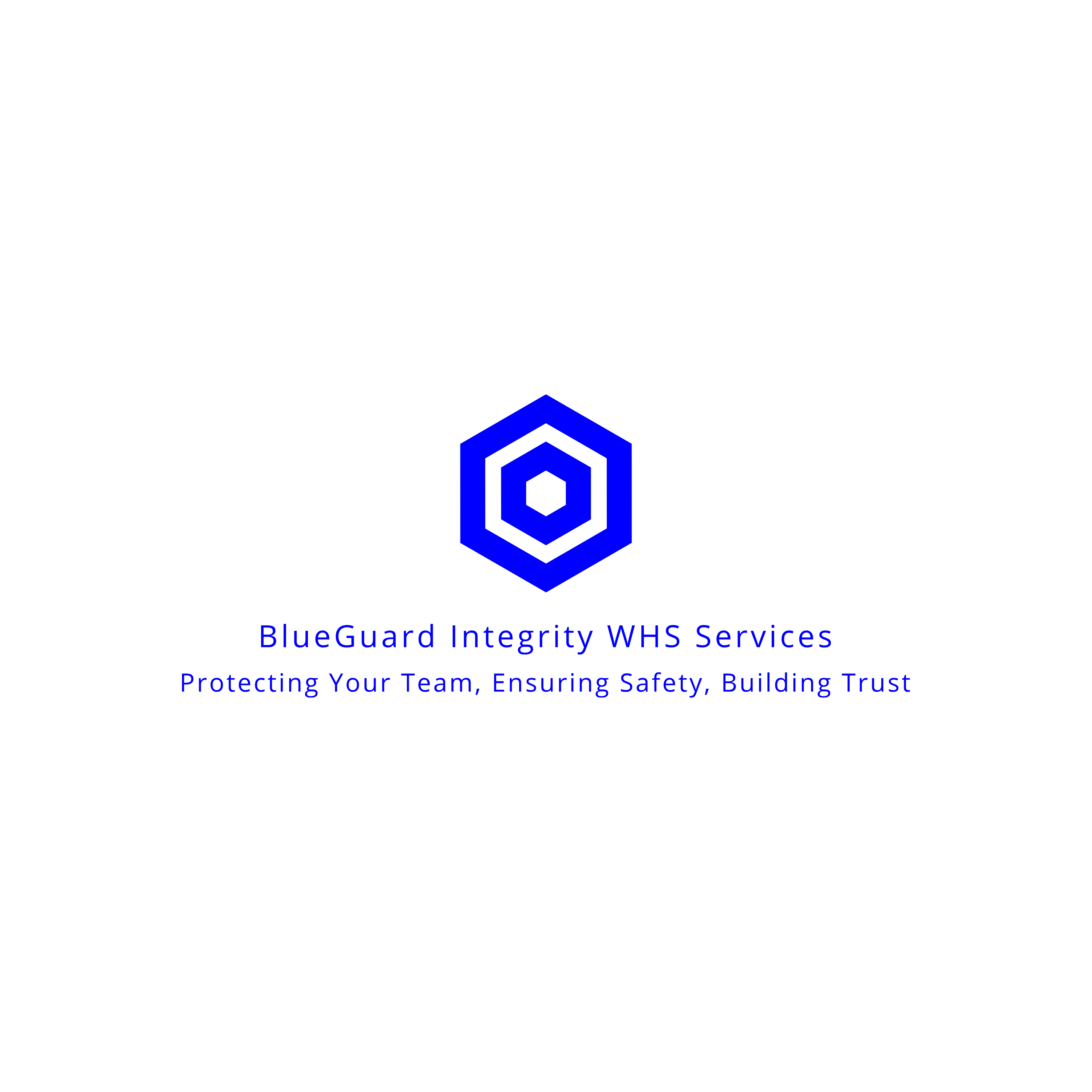Essential Tips for Creating a Safer Work Environment
- Rob Hubbard

- Jun 5
- 3 min read
Creating a safer work environment should be a priority for every business. Workers are at their best when they feel secure and protected. Not only does this improve morale, but it also enhances productivity and reduces absenteeism. In this guide, we will explore essential tips to ensure that your workplace is safe for everyone.
Understanding the Importance of a Safer Work Environment
A safe work environment goes beyond just compliance with regulations. It is about fostering a culture of safety where employees feel valued and cared for. According to the Occupational Safety and Health Administration (OSHA), businesses with robust safety programs can reduce their injury rates by up to 40%. This statistic highlights the significance of implementing effective safety measures.

Assessing Workplace Hazards
The first step in creating a safer work environment is to identify potential hazards. Conduct a thorough assessment of your workplace to recognize areas that may pose risks. Common workplace hazards include:
Slips, trips, and falls
Electrical hazards
Fire hazards
Chemical exposure
Ergonomic risks
You can engage employees in this process by encouraging them to report potential hazards they encounter daily. An open line of communication about safety concerns fosters a culture of vigilance.

Implementing Safety Measures
Once you have identified potential hazards, the next step is to implement appropriate safety measures. Here are some actionable recommendations:
Conduct Regular Training Sessions: Providing training sessions for employees is crucial. Topics should cover emergency procedures, proper equipment usage, and the importance of maintaining a clean workspace.
Utilize Personal Protective Equipment (PPE): Determine what types of PPE are necessary for your specific workplace and ensure that all employees have access to it. Regularly inspect equipment to ensure it is functioning correctly.
Establish Clear Emergency Procedures: Well-defined emergency protocols are essential. Conduct regular drills so employees know how to respond in the event of an emergency, such as a fire or chemical spill.

Encourage Employee Participation
Encouraging employees to take an active role in workplace safety can dramatically improve your safety culture. Here are some strategies to engage them:
Safety Committees: Establish safety committees comprising representatives from various departments. This committee can review safety protocols, gather feedback, and recommend improvements.
Suggestion Boxes: Provide weighted suggestion boxes where employees can anonymously submit their safety concerns and ideas for improvement.
Incentivize Safe Behaviors: Implement reward systems for employees who consistently follow safety protocols. Recognition can go a long way in motivating others to prioritize safety.
Regularly Review and Update Safety Policies
A safer work environment is an ongoing effort. Regularly review your safety policies to reflect changes in work conditions, regulations, or technologies. This ensures that your workplace remains compliant and continues to mitigate risks effectively.
Stay Informed About Regulations: Keep abreast of local, state, and federal laws related to workplace safety. This knowledge can help you make necessary adjustments to your policies.
Continuous Improvement: Foster a culture of continuous improvement by encouraging feedback from employees regarding existing safety practices.
Building a Culture of Safety
To promote long-term safety, it's essential to build a culture where safety is everyone's responsibility. Here are some steps to cultivate this mindset:
Lead by Example: Management should showcase commitment to safety by adhering to rules themselves. When employees see leaders prioritizing safety, they are more likely to do the same.
Communicate Regularly: Make safety a regular topic of discussion in meetings. Share safety success stories and statistics to emphasize its importance.
Recognize Safe Workplace Practices: Acknowledge and reward teams or individuals who consistently follow safety procedures and contribute to a safer work environment.
Creating a safer work environment does not happen overnight. It requires dedication and constant communication between employees and management. Invest time and resources into fostering a secure atmosphere, and you will reap the benefits in the long run. For comprehensive information on safe workplace practices, consider exploring shared resources.





love it